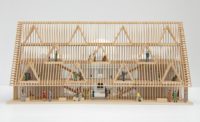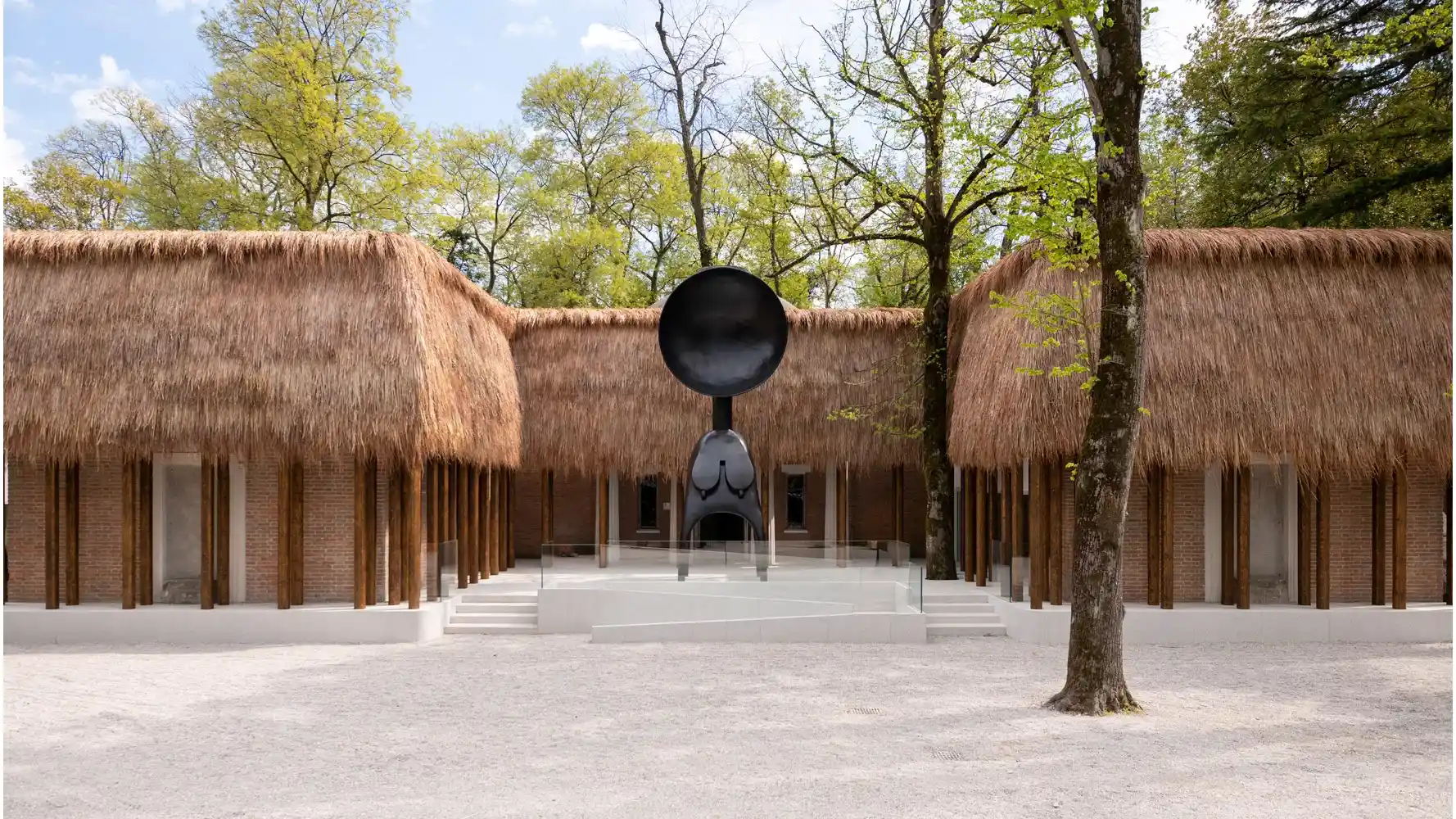Exploring the Intangible at the Venice Biennale
11th International Architecture Exhibition of the Venice Biennale 2008.

2008 Venice Biennale
A series of bamboo poles harness wayward chairs in Mock-Up, Beijing, by Herzog & de Meuron and Ai Weiwei. The team brought in traditional builders to construct the piece on-site over the first few days of the show.
Photo © Antje Quiram

2008 Venice Biennale
To enter the U.S. pavilion, visitors pass through a vinyl scrim by Estudio Teddy Cruz that represents a border wall between the U.S. and Mexico.
Photo © Antje Quiram

2008 Venice Biennale
Minimalism to an extreme: The interior of the Japanese pavilion is empty, save for delicate pencil drawings lining its walls by architect Junya Ishigami.
Photo © Iwan Baan

2008 Venice Biennale
Around the Japanese pavilion’s exterior, Ishigami has installed a number of lighter-than-air greenhouses.
Photo © Iwan Baan

2008 Venice Biennale
Zaha Hadid’s Lotus is a compressed “room” with areas for sleeping, sitting, and storage — exhibition goers are welcome to lounge on the piece.
Photo © Antje Quiram

2008 Venice Biennale
Asymptote envisioned three houses as subjected to high velocity.
Photo © Antje Quiram

2008 Venice Biennale
Coop Himmelb(l)au’s Feed Back Space projects visitors’ heartbeats into the cavernous Arsenale.
Photo © Antje Quiram





Post a comment to this article
Report Abusive Comment